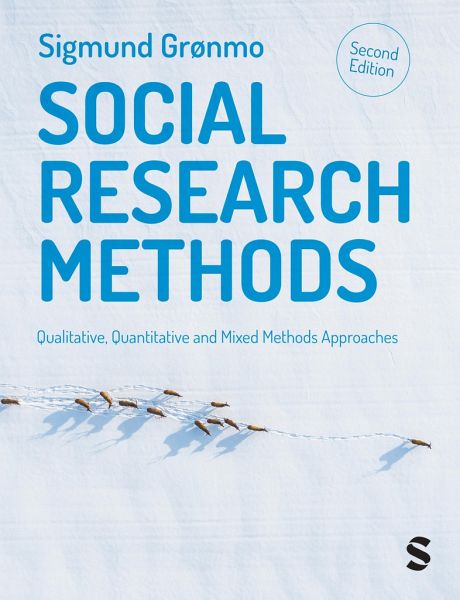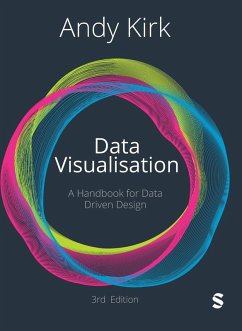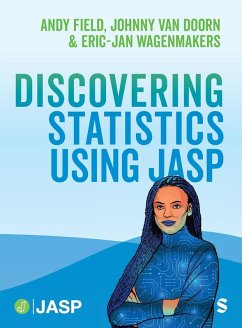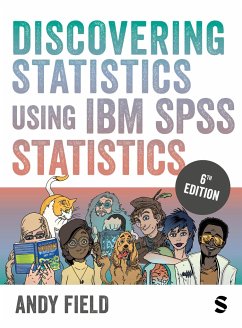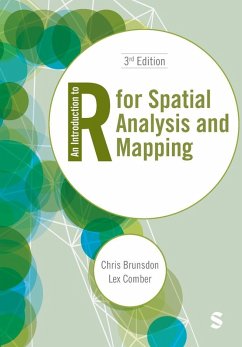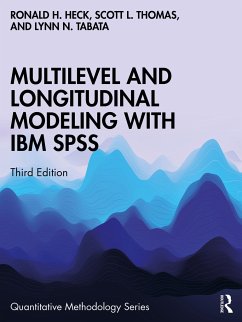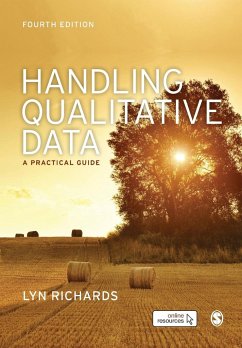Sigmund Grønmo is Emeritus Professor of Sociology and former Rector (Vice-Chancellor) of the University of Bergen, Norway. He is affiliated with the Institute for Social Research, Oslo, Norway, and he is a Life Member of Clare Hall at the University of Cambridge, UK. Previously, he was Professor at the Norwegian Business School, Adjunct Professor at the University of Oslo, and Sámi University of Applied Sciences, as well as Research Director and Executive Director at the Norwegian Fund for Market and Distribution Research. He is an elected member of the Norwegian Academy of Science and Letters, and Academiae Europaea, as well as a Fellow of the World Academy of Art and Science. He has been a Visiting Professor at Dalhousie University, Halifax, Canada; Illinois State University, USA; University of California, Berkeley, USA; University of Queensland, Brisbane, Australia; James Cook University, Cairns, Australia; and University of Cambridge, UK. He has also been an Honorary University Professorial Fellow at Charles Darwin University, Darwin, Australia. He has published numerous books and a large number of journal articles, book chapters and papers, especially within economic sociology, the sociology of time, social network analysis, and social science methodology. He has extensive experience in teaching social research methods at universities and colleges in Norway and several other countries.
